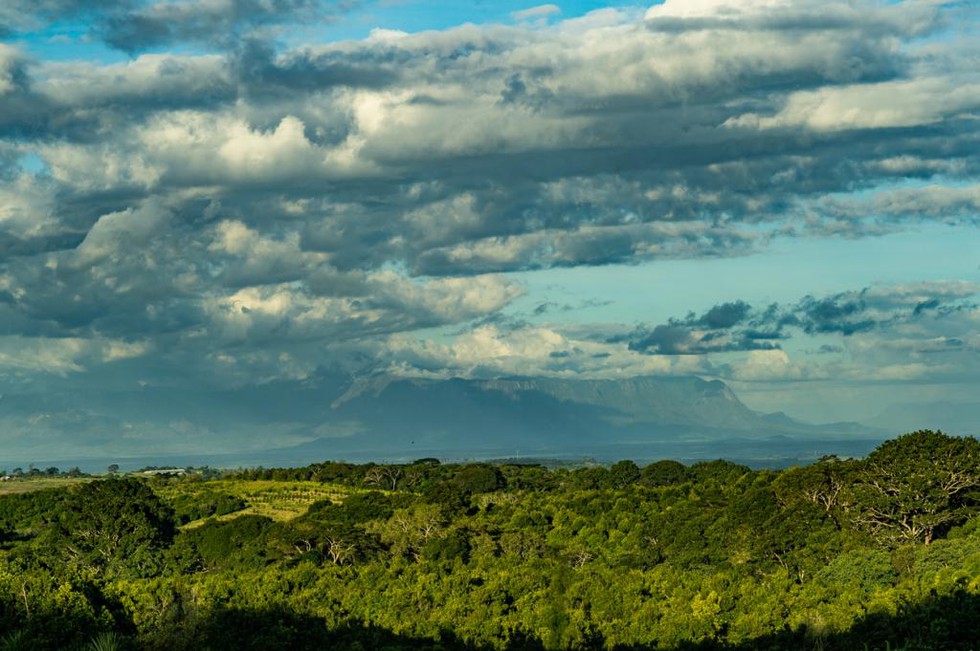
About South East Africa Montane Archipelago (SEAMA):
What are Inselbergs?
The Reserve Bank of India (RBI) recen...
The Centre has extended Authorised Ec...
The Supreme Court recently issued a n...
Researchers recently used a non-invas...
Nasscom recently released Patenting T...
The commissioner of food safety in Ta...
This year, 2024, marks 150 years of t...
The Department of Personnel & Trainin...
The Reserve Bank of India (RBI) has s...
Recently, the Insurance Regulatory an...